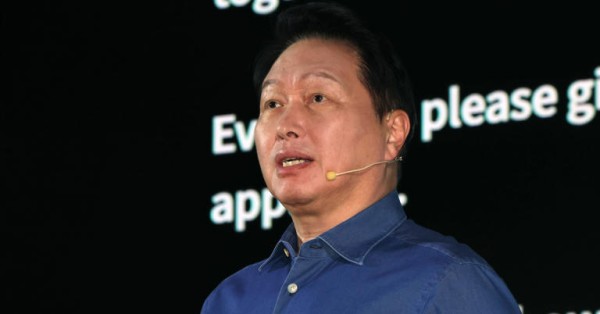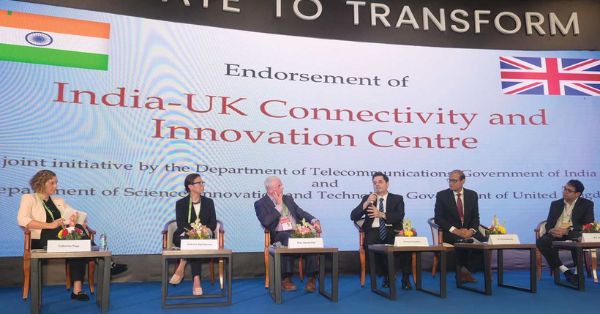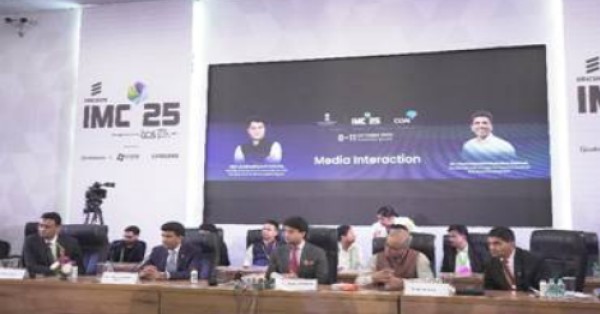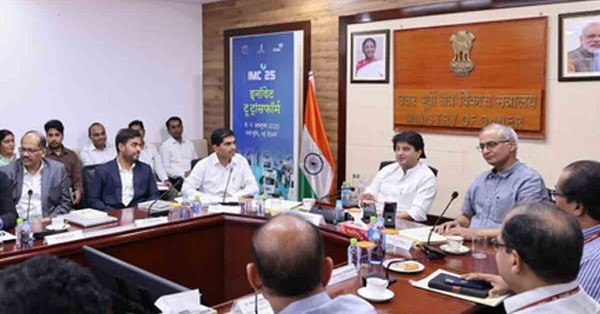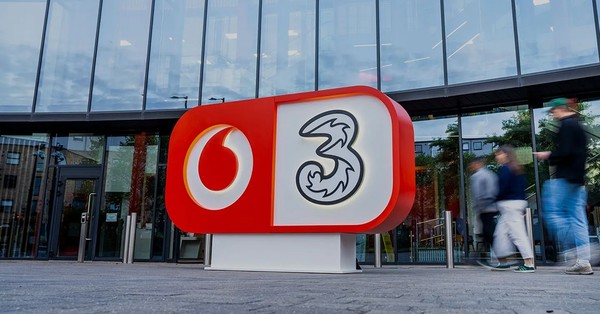- Tech News & Insight
- November 12, 2025
- Hema Kadia
SoftBank has exited Nvidia and is redirecting billions into AI platforms and infrastructure, signaling where it believes the next phase of value will concentrate. SoftBank sold its remaining 32.1 million Nvidia shares in October for approximately $5.83 billion, and also disclosed a separate $9.17 billion sale of T-Mobile US shares as part of a broader reallocation into artificial intelligence. The proceeds are earmarked for a significant expansion of SoftBank’s AI portfolio, including a major investment in OpenAI and potential participation in “Stargate,” a next-generation AI data center initiative co-developed by OpenAI and Oracle. Despite exiting Nvidia’s equity, SoftBank retains about 90% ownership of Arm.





